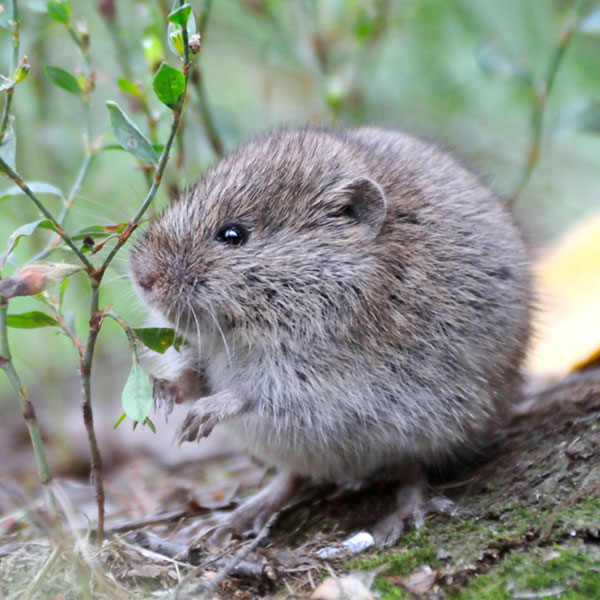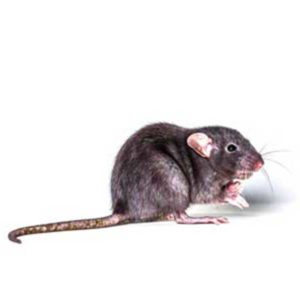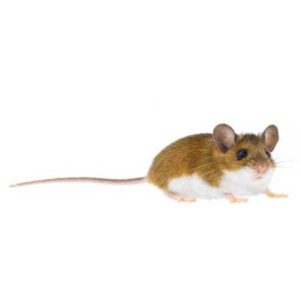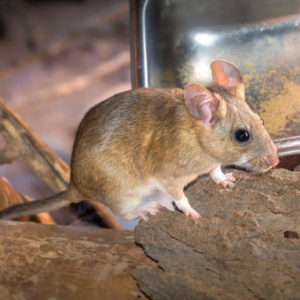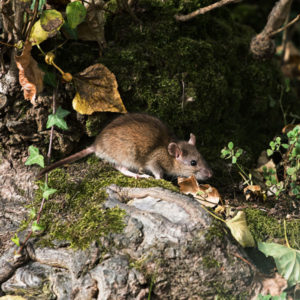Meadow Voles in Central TN
The meadow vole, which is also called the “meadow mouse” or the “field mouse,” is the most widely distributed vole in North America. Voles resemble rats and mice but have shorter tails and heavier, cylindrical bodies. Voles are poor climbers and usually do not invade homes or other buildings. Meadow voles eat plants, especially grasses and seeds, and are prolific breeders. These rodents build extensive runway and tunnel systems, causing extensive damage to turf and landscape plants.
Meadow Vole Habitat
Although meadow voles spend considerable time above ground, scurrying about, they spend most of their time below ground in their burrow system. Meadow voles dig short, shallow burrows and make underground nests of grass, stems, and leaves. A protective layer of grass or another ground cover usually hides their runways. You can locate the runways by pulling back overhanging ground cover. Fresh clippings of green grass and greenish-colored droppings about 3/16 inches long in the runways and near the burrows are further evidence of voles.
Meadow Vole Behaviors, Threats, or Dangers
Meadow voles rarely come in contact with humans and therefore pose no major public health hazards; however, they are capable of carrying disease organisms, such as plague and tularemia. Meadow voles are a significant pest to homeowners as they forage for food in gardens and landscape, causing extensive damage to orchards, tree plantings, and field crops. Vole damage to tree trunks normally occurs from a few inches above the ground to a few inches below ground. Meadow voles can also ruin lawns, golf courses, and ground covers. If you suspect a meadow vole issue, contact your local rodent exterminators.
Need help with Meadow Vole control?
We'll call you! Leave your information below.

